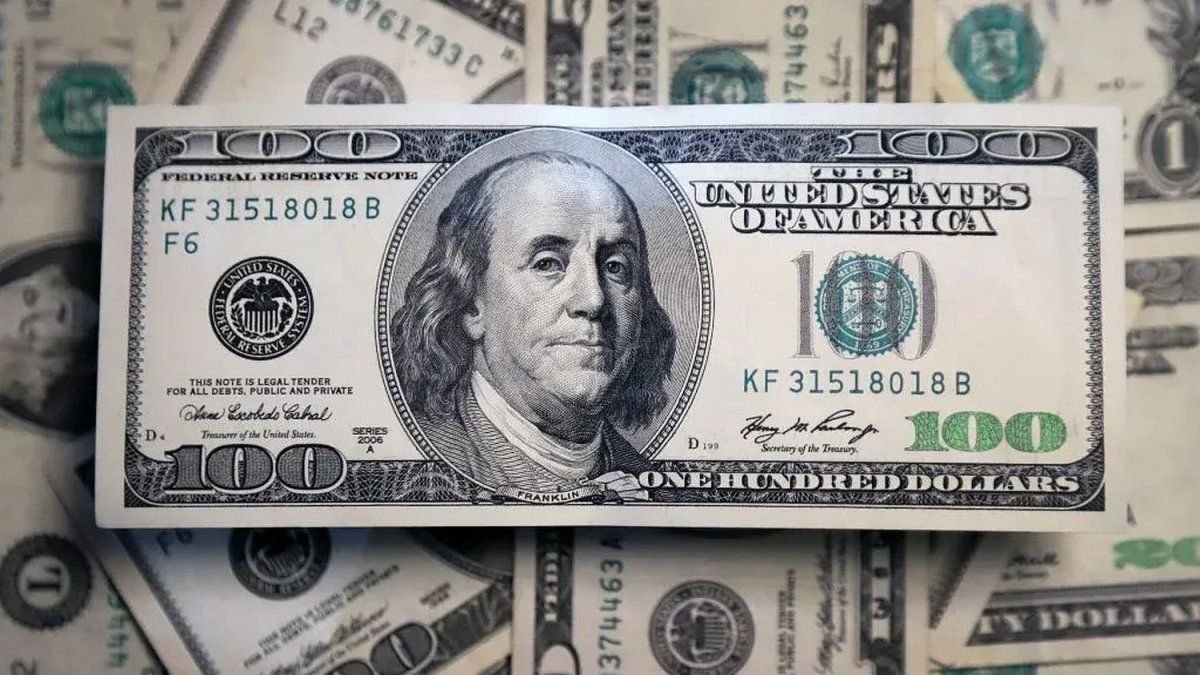The Government assured that it will not enable a jump in the dollar, that there will be no devaluationThe Milei-Caputo-Adorni-Francos tetralogy has said it ad nauseam. And it is true. There is no devaluation in sight for Minister Luis Caputo. The plan is different.
For quite some time now, President Javier Milei has wanted to implement an idea: that inflation, monthly devaluation and the interest rate converge to 2%. This is the key to the BCRA’s crawling (rate of depreciation), launched in the prehistory of the Government, which it defends tooth and nail.
What the reader should know is that The Government continues with this idea. And as economist Fausto Spotorno pointed out yesterday – who usually listens to opera with Milei on weekends -, There is a superior idea, or something like that, which includes, at this time, the refusal to devalue. That is to say, in the short term, there will be more of the same. That is, more recession, more adjustment in public spending and more pressure for this maneuver to contribute to lowering -even more- the prices of the economy.
The formula behind Luis Caputo: what is the plan to follow?
To make it clear what the Casa Rosada is looking for It is a path of disinflation no matter what. Non-devaluation is a necessary measure in this regard, even if the gap widens and financial dollars begin to have their own adventure separate from the official exchange rate. And for this, well, The Government is willing to give it its all, that is, to generate the worst recession in history… of humanity?
But the story doesn’t end there. There is an even more important detail. Why would the government want to try to achieve, for example, one percent monthly inflation without touching the exchange rate? Wouldn’t it accumulate a formidable lag in the exchange rate if it didn’t touch the dollar?
The explanation was heard in the meetings held by Minister Luis Toto Caputo with governors. The idea is basic: to lower inflation to very low levels, and potentially, from there, unify the exchange rate. Luis Caputo asks rhetorically: How much could the inflationary jump be from a currency unification with the lifting of the currency controls if, in the meantime, the economy enters a fatal depression and the previous inflation is close to 1%?
This is how the government understands the non-devaluation that it is promoting. It seeks to generate expectations of a decrease in inflation indicators because it understands that this must exist before unification.
The government believes that, in the midst of an economic depression and with inflation starting below 1% per month, the jump in prices generated by the exchange rate unification would not be so serious. To do this, it needs the CPI to continue to fall to that level. It is willing to accumulate imbalances in other variables, but it does not want to give up that indicator, inflation, whose collateral is, neither more nor less, than the popularity of the presidentPresident Milei believes that the most important thing he must protect is his promise of deflation, and that the rest does not matter too much, at least to his electorate.
The necessary condition to “release” the exchange rate cap
This is the key to the tug-of-war that is taking place at this time. The government is convinced that it can induce an even deeper recession by further cutting spending, which will lead to lower prices to even lower levels. With this “floor” guaranteed, and positioning itself in the very basement of the CPI statistical series, it plans to explore the possibility of “releasing” controls, unifying the exchange rate, and having it seek the level set by supply and demand, as requested by the IMF and former star advisor Domingo Cavallo.
Needless to say, The exchange rate unification would have as an anticipated counterpart a disbursement from the IMF, the famous US$ 10 billion and that, in this way, the entity could intervene if necessary, although the idea is that the exchange rate seeks a new level, obviously higher than the current one. At the same time, the PAIS tax would be lowered by at least ten percentage points and the interest rate would be adjusted to make it positive in real terms.
Finally, and because it is part of this framework of faith that the Government is deploying these hours among its acolytes, President Milei also needs to convince the banks. For that reason, at Friday’s conference, the minister thought it would be good to announce what he intended to do with the BCRA’s debt. While Orlando Ferreres labeled it “a kind of Bonex Plan”the concrete thing is that the Government is currently analyzing moving forward in the same direction that it announced. They understand that it would be a maneuver that would guarantee, in the eyes of the market, the commitment to make an even greater adjustment in spending, while at the same time freeing the hands of the BCRA to set the interest rate at levels appropriate to release the exchange rate restriction and unify. Of course, the question of whether the public coffers are capable of paying off the accumulating debt must first be resolved.
There are doubts about the migration of the remaining stock of remunerated liabilities of the Central Bank to Treasury debt. That’s $15 trillion in passive transfers. Tomorrow is expected to be the day to announce the regulations for the creation of monetary regulation letters. According to Ámbito, various private sources calculated that the Treasury will need make an additional adjustment of between $600 billion and $800 billion a month to meet those interests. Although if, as expected, the interest rate is raised, this adjustment will be greater.
Source: Ambito




